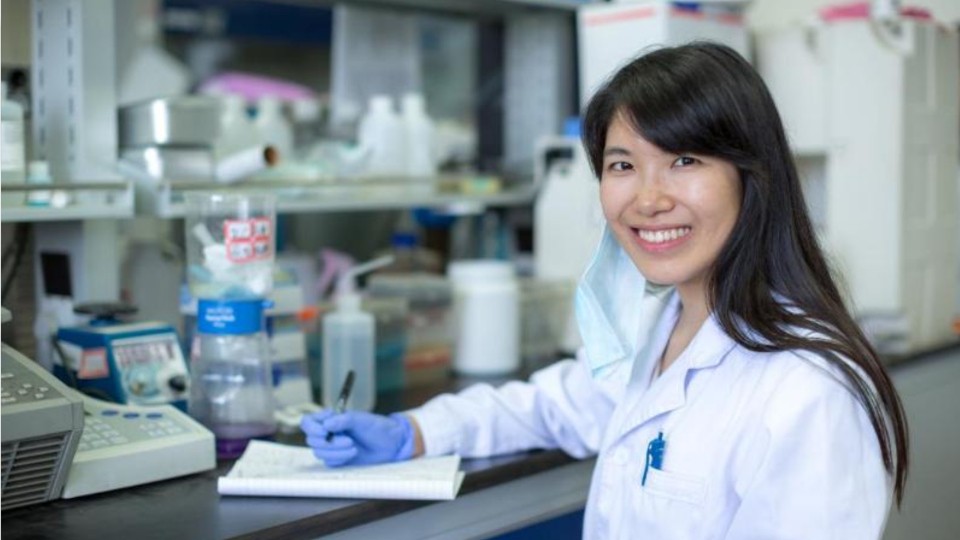Cytogenetic Technologists
Clinical Cytogeneticist Scientist (CCS), Cytogenetic Technologist, Cytogenetics Clinical Laboratory Specialist (CG CLSp), Molecular Genetics Technologist
What they do:
Analyze chromosomes or chromosome segments found in biological specimens, such as amniotic fluids, bone marrow, solid tumors, and blood to aid in the study, diagnosis, classification, or treatment of inherited or acquired genetic diseases. Conduct analyses through classical cytogenetic, fluorescent in situ hybridization (FISH) or array comparative genome hybridization (aCGH) techniques.
On the job, you would:
- Arrange and attach chromosomes in numbered pairs on karyotype charts, using standard genetics laboratory practices and nomenclature, to identify normal or abnormal chromosomes.
- Count numbers of chromosomes and identify the structural abnormalities by viewing culture slides through microscopes, light microscopes, or photomicroscopes.
- Examine chromosomes found in biological specimens to detect abnormalities.
Knowledge
Math and Science
- biology
- chemistry
Arts and Humanities
- English language
Engineering and Technology
- computers and electronics
Skills
Basic Skills
- reading work related information
- thinking about the pros and cons of different ways to solve a problem
Problem Solving
- noticing a problem and figuring out the best way to solve it
People and Technology Systems
- thinking about the pros and cons of different options and picking the best one
- figuring out how a system should work and how changes in the future will affect it
Abilities
Verbal
- listen and understand what people say
- read and understand what is written
Ideas and Logic
- order or arrange things
- make general rules or come up with answers from lots of detailed information
Visual Understanding
- see hidden patterns
- quickly compare groups of letters, numbers, pictures, or other things
Math
- add, subtract, multiply, or divide
Personality
People interested in this work like activities that include ideas, thinking, and figuring things out.
They do well at jobs that need:
- Attention to Detail
- Dependability
- Integrity
- Analytical Thinking
- Cooperation
- Adaptability/Flexibility
Technology
You might use software like this on the job:
Object or component oriented development software
- C++
- Python
Presentation software
- Microsoft PowerPoint
Analytical or scientific software
- Cell Bioscience Automated Image Capture
- MetaSystems Isis Color Karyotyping
Education
Education: (rated 4 of 5)
bachelor's degree or
certificate after college
usually needed
certificate after college
usually needed
Job Outlook
Bright
New job opportunities are very likely in the future.
Explore More
- Cytotechnologists
- Histology Technicians
- Histotechnologists
- Medical & Clinical Laboratory Technicians
- Medical & Clinical Laboratory Technologists
You might like a career in one of these industries:
See more details at O*NET OnLine about cytogenetic technologists.






